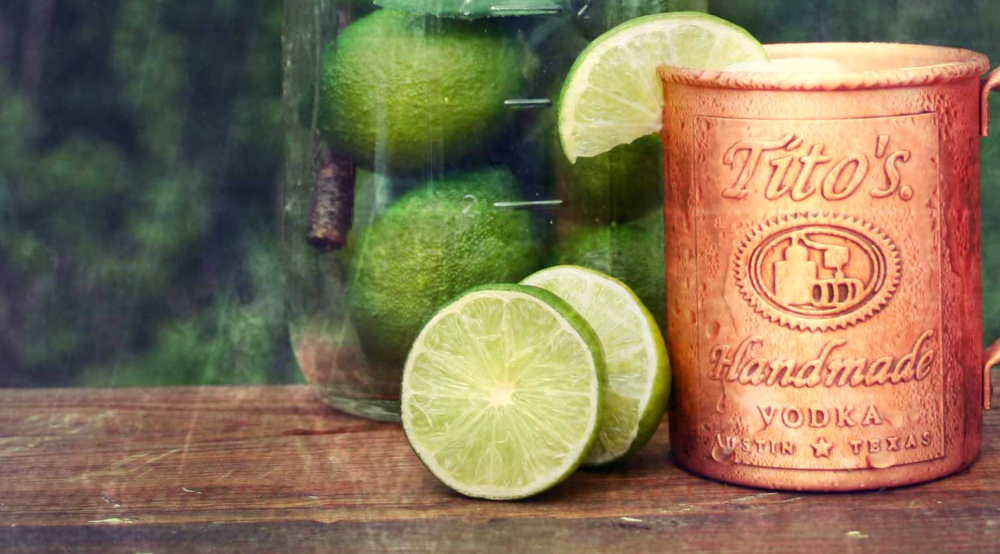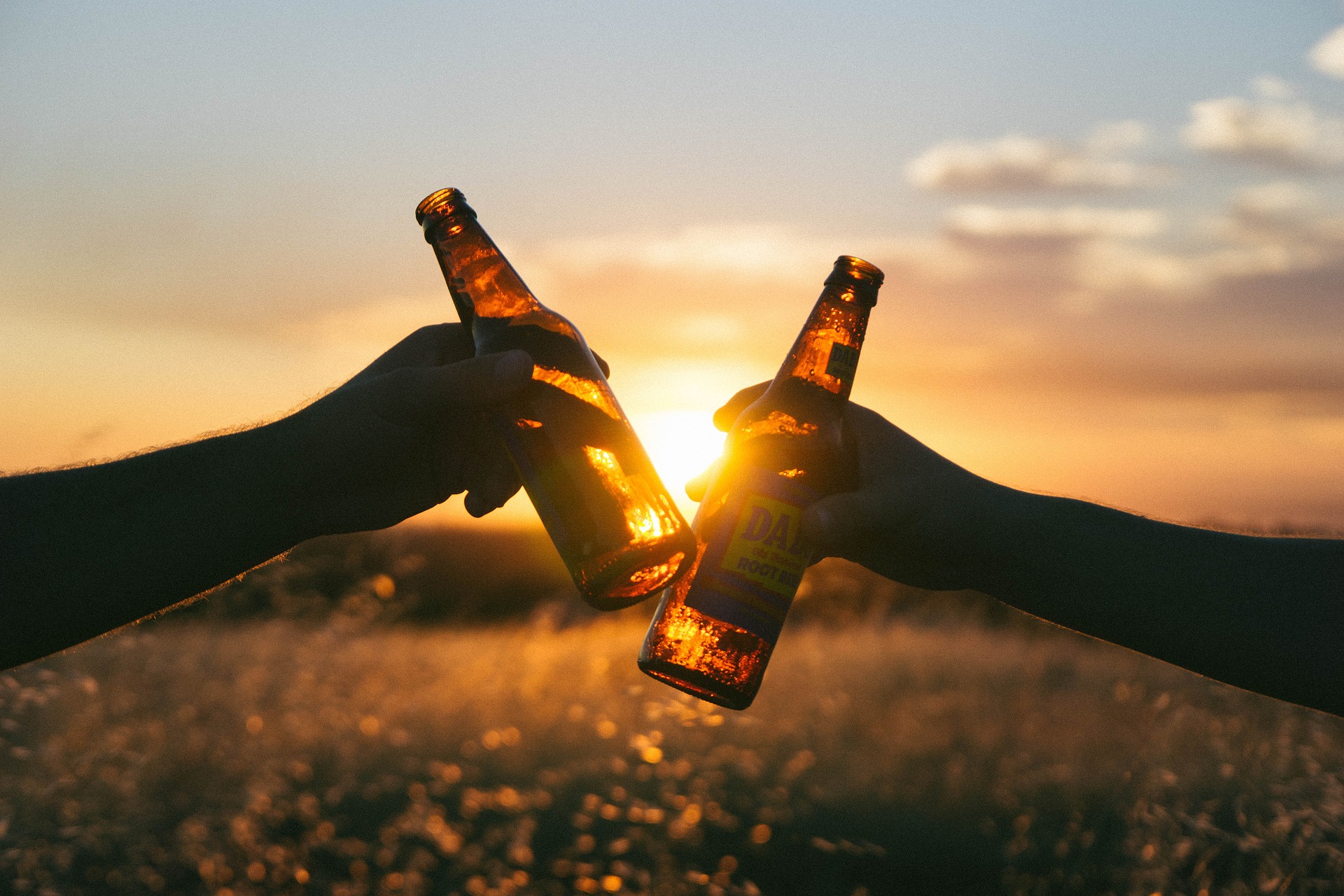Tabbing out
It’s a fact. Beer sales are dropping in America, and liquor is on the rise. A trend like this in the second largest beer market in the world makes one speculate. Do hard times call for harder alcohol? Is it time to wave goodbye to the brewski? Not so fast.
Declining beer sales are a sign of a much larger consumer trend: mainstream is out, artisan is in.
![]()
Candy is dandy, but…
Beer still holds 47% of market share in the alcohol industry, but sales have crept steadily down over the past few years. Meanwhile, wines and spirits have been catching up.
The crowd favorite? Whiskey.
Sales volume for American whiskey has been climbing for more than 10 years, and this year increased 6.8 percent for Beam Suntory, producer of popular spirits like Beam and Maker’s Mark. Vodka, tequila, and cognac all experienced major sales volume increases as well.
“Adult consumers’ taste for and interest in premium distilled spirits, across all categories, is trending upward,” said Kraig Naasz, president and CEO of the Distilled Spirits Council.
What does this have to do with beer?
In the past 20 years, beer preference (preferred alcohol category) has remained more or less the same in the 30-50+ age group, but in the critical 18-29 year old age group, preference for beer has plummeted from 71% to 41%.
This, along with the rising liquor sales, suggests that young people aren’t as jazzed about beer as they once were, and are more interested in whipping up fancy cocktails than tapping kegs.
But the story doesn’t quite end there.
[clickToTweet tweet=”Deep in the beer industry, a revolution is brewing.” quote=”Deep in the beer industry, a revolution is brewing.”]
It’s all about the craft
While Budweiser and Bud Light have experienced a 28% and 10% drop in sales volume respectively over the past 5 years, craft beer sales have grown about 14% per year during that same period, specifically small craft brewers. Young folks are still drinking beer, just not the way their parents did.
Millennials have an aversion to the conventional and a craving for the upscale alternative.
Even craft beer has a class system of its own. Consumers are indeed turning to craft beer more than domestic, but as craft beer has grown in popularity, it’s slowly entered the mainstream market and subsequently become less cool. Factor out the largest craft beer brands — Sam Adams, Sierra Nevada, New Belgium Fat Tire, Blue Moon, and Shock Top — and sales growth increases by more than 2%.
[clickToTweet tweet=”If the beer industry does rise from the ashes, it will be on the wings of nanobreweries.” quote=”If the beer industry does rise from the ashes, it will be on the wings of nanobreweries.”]
Now what?
With an increasingly savvy clientele always on the lookout for the next big thing, businesses need to listen closely and adapt quickly. Gone are the days of cracking open a Corona by the pool. Today’s hipster consumer society wants to kick back with a high-end, high ABV refreshment, whether that means a 10oz Imperial Stout or a strong Old Fashioned.
Restaurants and retailers need to start getting serious about their beverages, because their customers aren’t messing around. Anyone looking to quench this generation’s thirst should be stocking up on bougie booze.
#BougieBooze
Helen Irias is a Staff Writer at The American Genius with a degree in English Literature from University of California, Santa Barbara. She works in marketing in Silicon Valley and hopes to one day publish a comically self-deprecating memoir that people bring up at dinner parties to make themselves sound interesting.







































